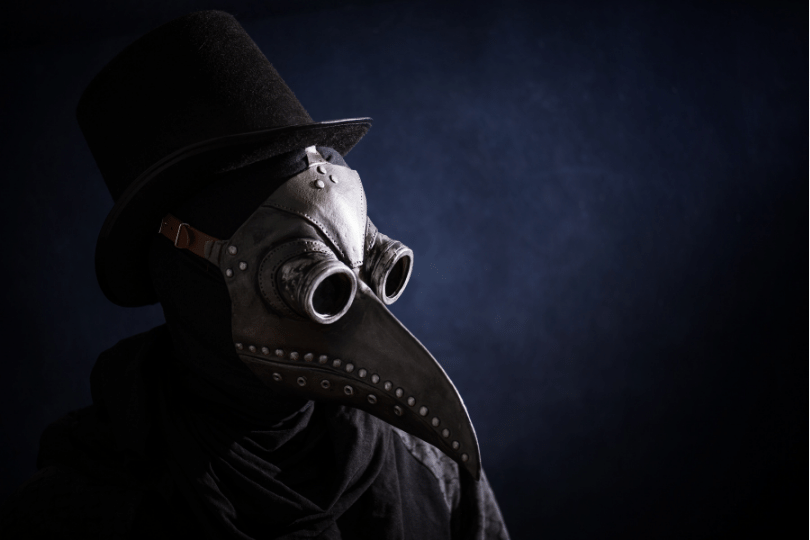
The plague doctor costume, a symbol of a dark period in human history, is a fascinating study of how people tried to combat diseases they didn’t fully understand; the history and design of this unique attire.
The Historical Context
The plague doctor costume was Introduced during a plague outbreak in Paris by Charles de Lorme, a physician in the service of King Louis XIII of France. The purpose of the costume was to protect against airborne diseases, particularly during outbreaks of the bubonic plague in Europe.
The Black Death, a major plague pandemic in Europe, occurred in the 14th century, starting around 1347. The plague doctor costume was not introduced during the Black Death but rather during later outbreaks, such as the one in 1619.
The Design of the Costume
The most distinctive feature of the costume is the beak-like mask. The mask was filled with aromatic herbs and spices, which were believed to purify the air breathed by the doctor. The eyes were covered with glass domes to prevent direct contact with the infected air.
The costume also included a waxed leather gown that covered the entire body. The wax coating was intended to make the gown impermeable to the disease-causing miasma. The costume was completed with a pair of leather gloves, boots, and a wide-brimmed hat, which was a symbol of their profession.
The Modern Interpretation
Today, the plague doctor costume is a popular choice for Halloween and historical reenactments. It serves as a reminder of the time when medicine was not as advanced as it is today, and when doctors risked their lives to treat the sick.
While the plague doctor costume may seem strange or even terrifying to us now, it’s important to remember the context in which it was used. It was a product of its time, created by people who were doing their best to fight a deadly disease with the limited knowledge and resources they had.
The plague doctor costume is more than just a historical curiosity. It’s a testament to human resilience and ingenuity in the face of adversity. It reminds us of how far we’ve come to our understanding of diseases and their treatment, and how much we owe to the brave doctors who risked their lives in the service of humanity.

















Leave a Reply